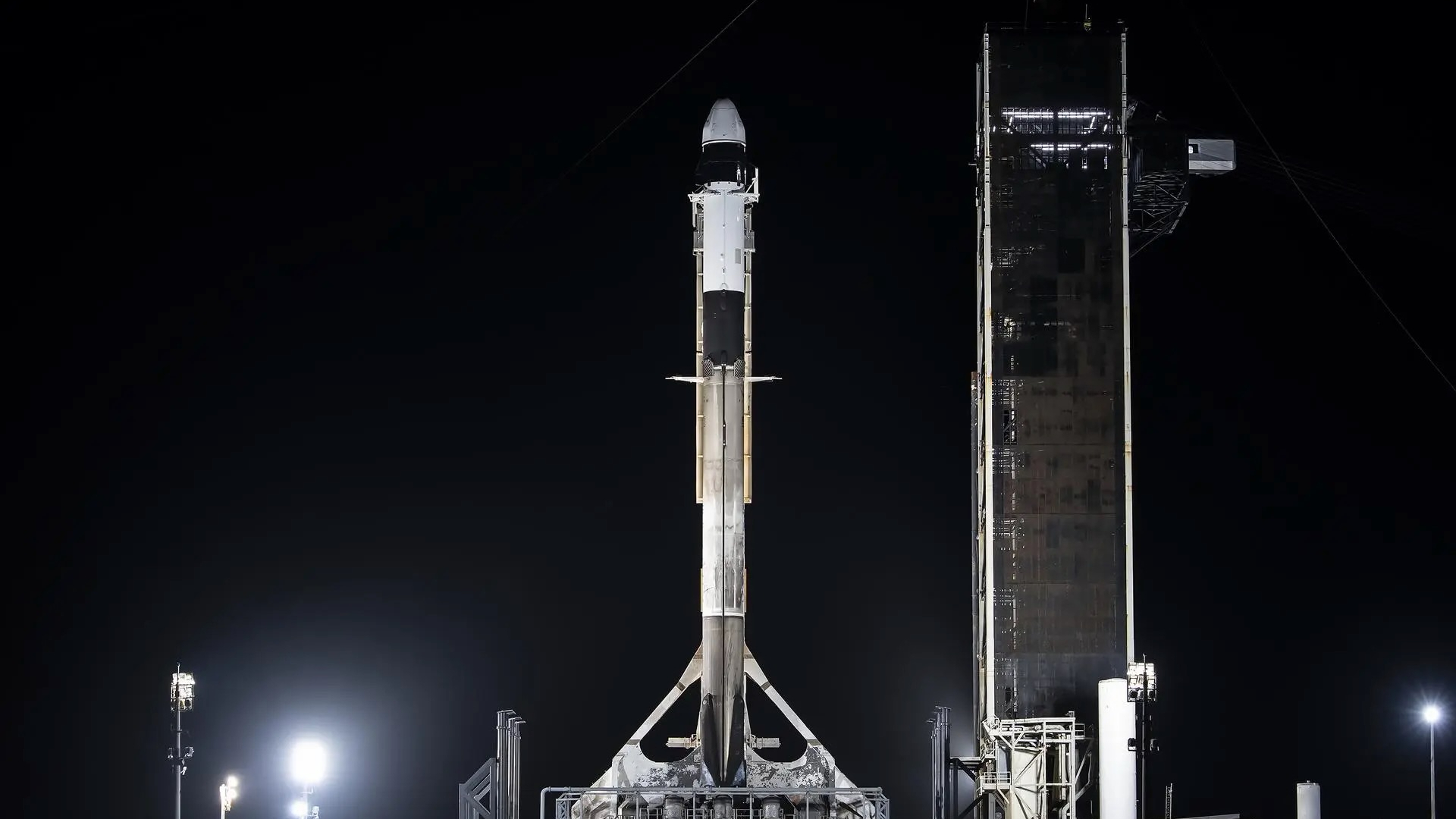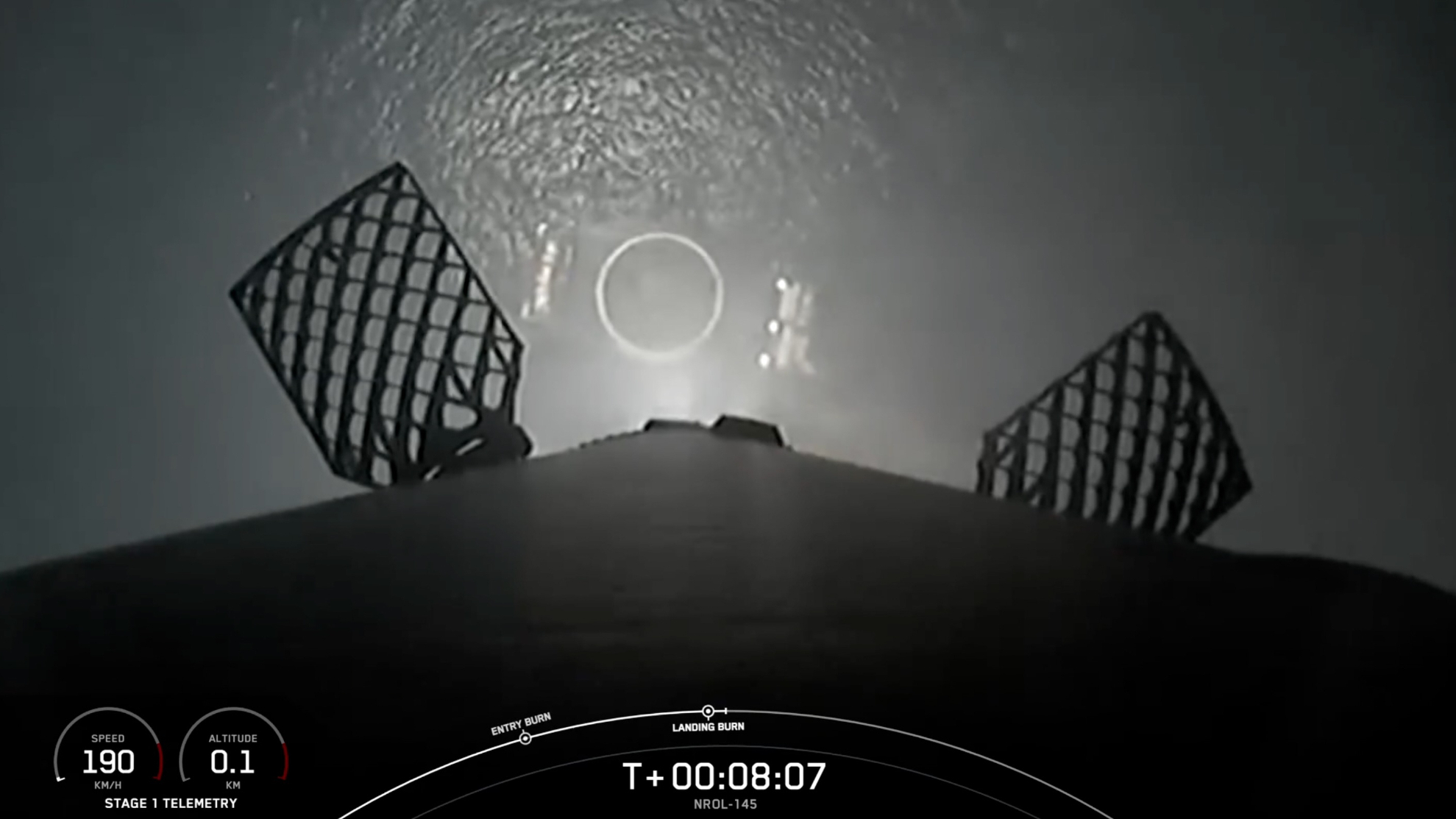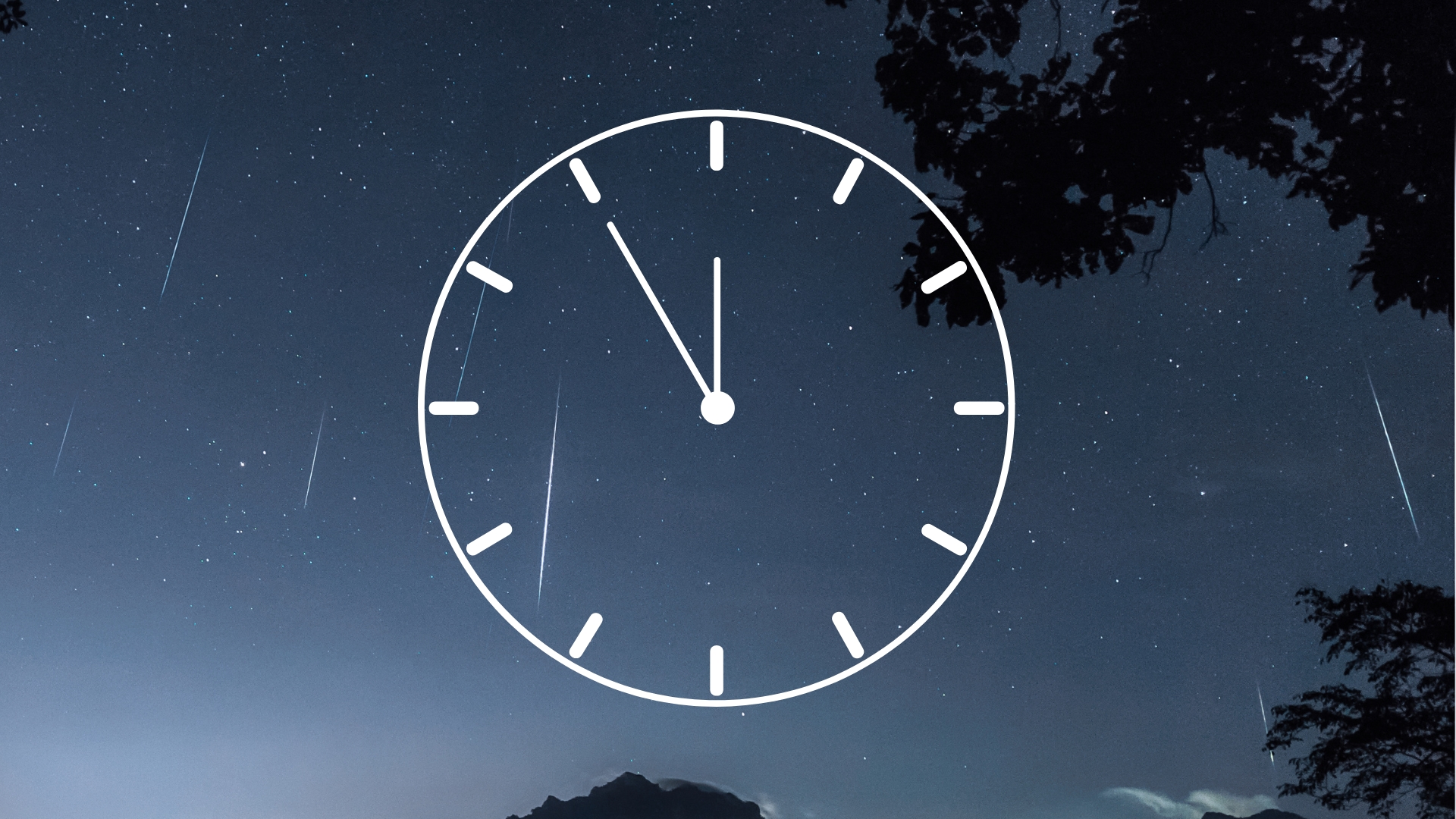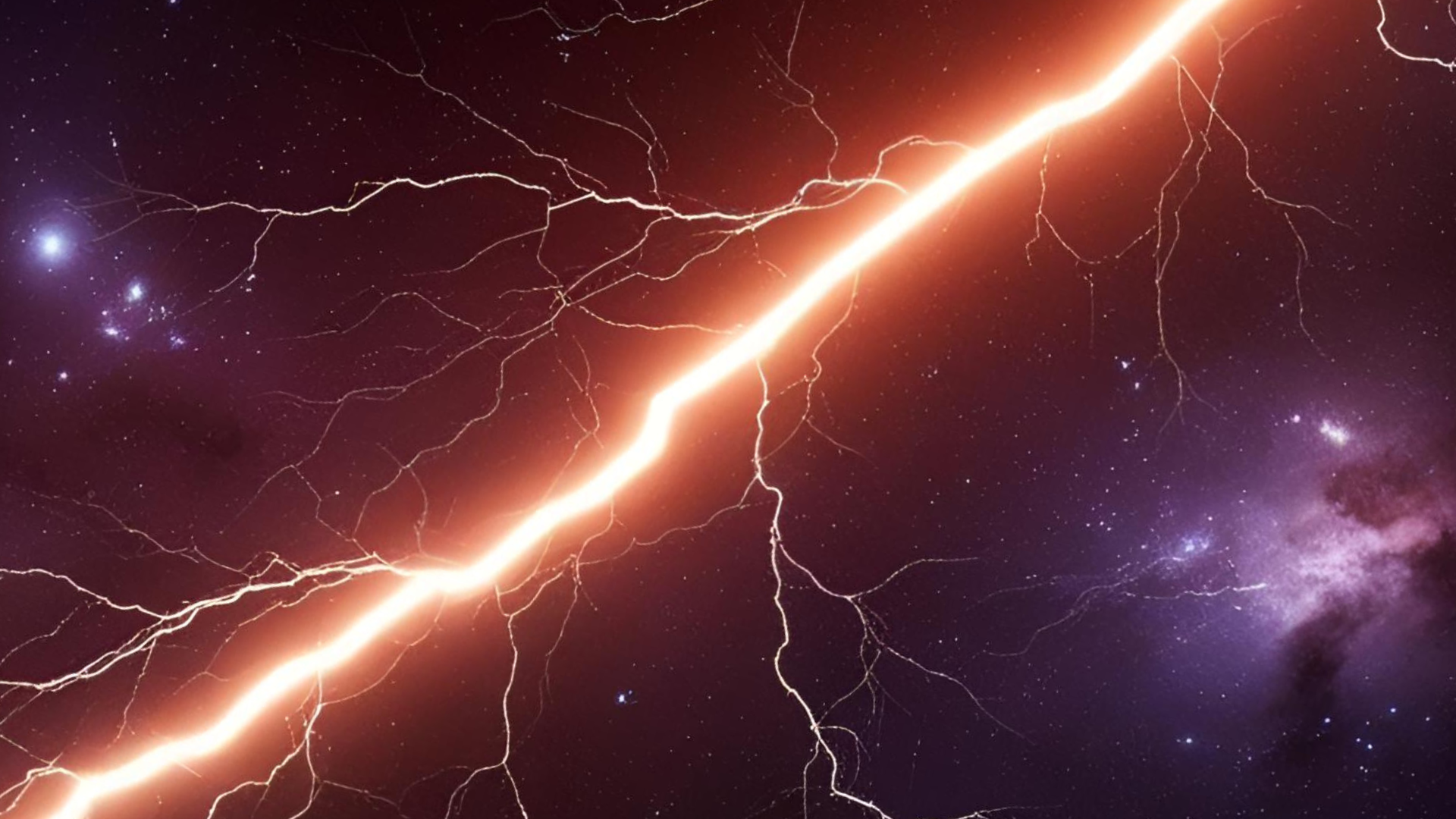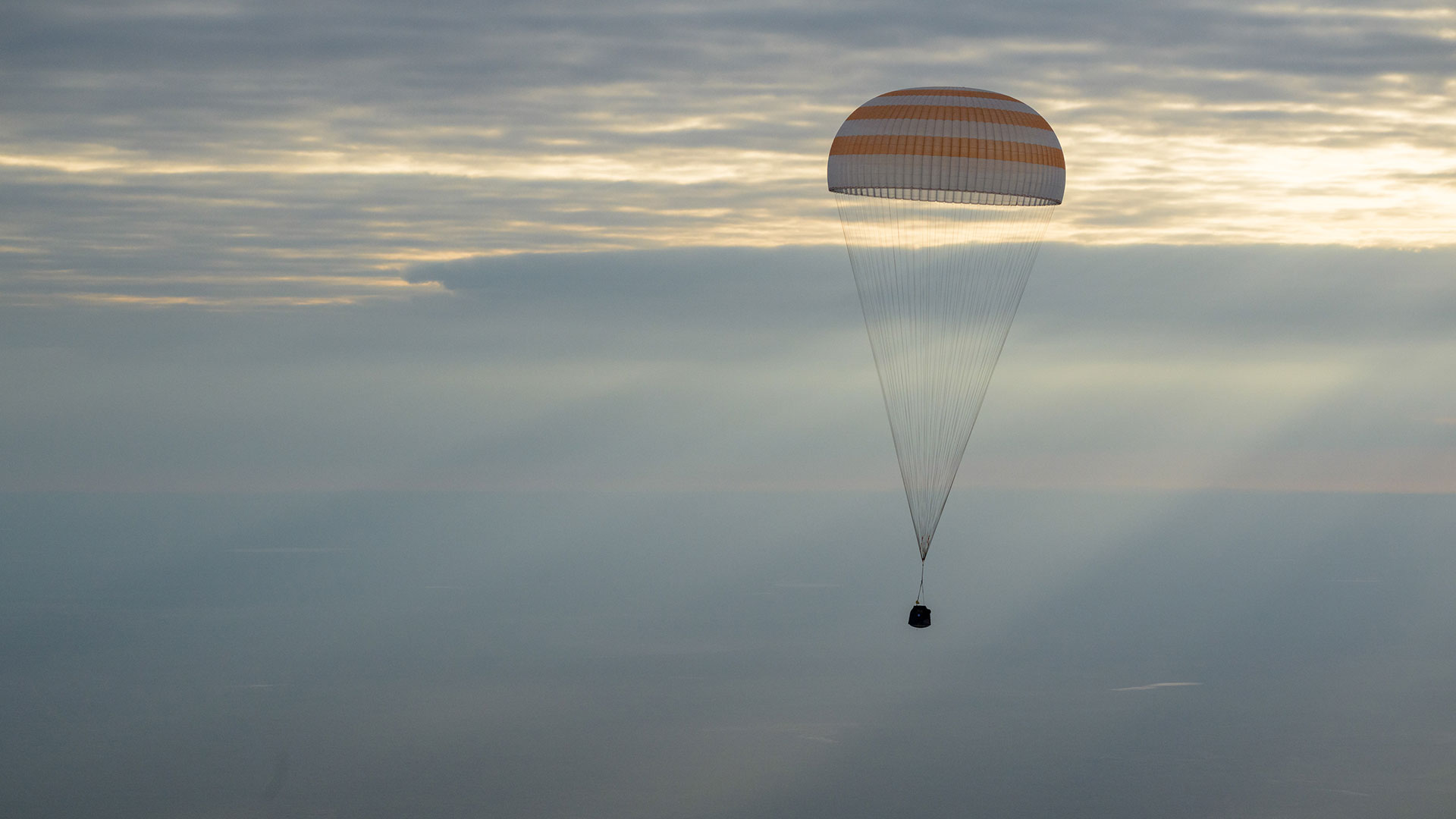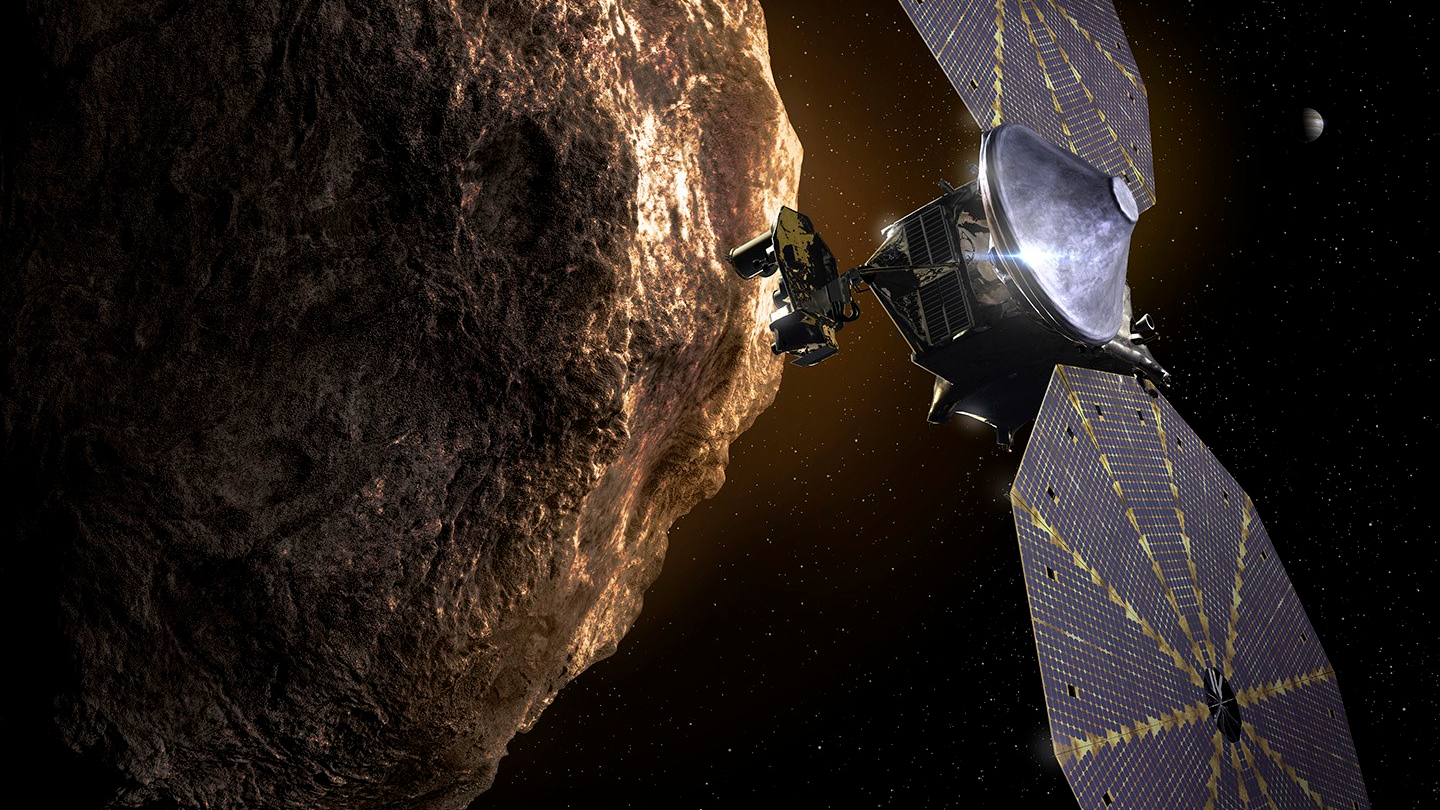Astronaut candidates' fly-shaped class patch is a lunar 'slam dunk'

NASA's astronaut candidates are giving new definition to "fly me to the moon" with their newly-revealed class patch.
The 12 NASA spaceflight trainees — 10 from the U.S. and two from the United Arab Emirates (UAE) — reported for two years of basic training in January. Four months later, they were given their official nickname, "The Flies," continuing a tradition that began with NASA's first class of astronauts in 1959.
On Friday (Oct. 28), the Group 23 astronaut candidates ("ascans") shared another custom, introducing an emblem of their own. "The fly-shaped patch represents our class, 'The Flies,'" wrote Anil Menon, one of the ascans, on Instagram. "Twelve stars represent the candidates of Class 23 and the UAE and U.S. flags are both displayed."
Menon's fellow classmates include NASA recruits Nichole Ayers, Marcos Berríos, Christina Birch, Deniz Burnham, Luke Delaney, Andre Douglas, Jack Hathaway, Christopher Williams and Jessica Wittner. Nora Al Matrooshi and Mohammad Al Mulla, who were selected by the Mohammed Bin Rashid Space Center in Dubai, joined the class under an agreement between NASA and the UAE.
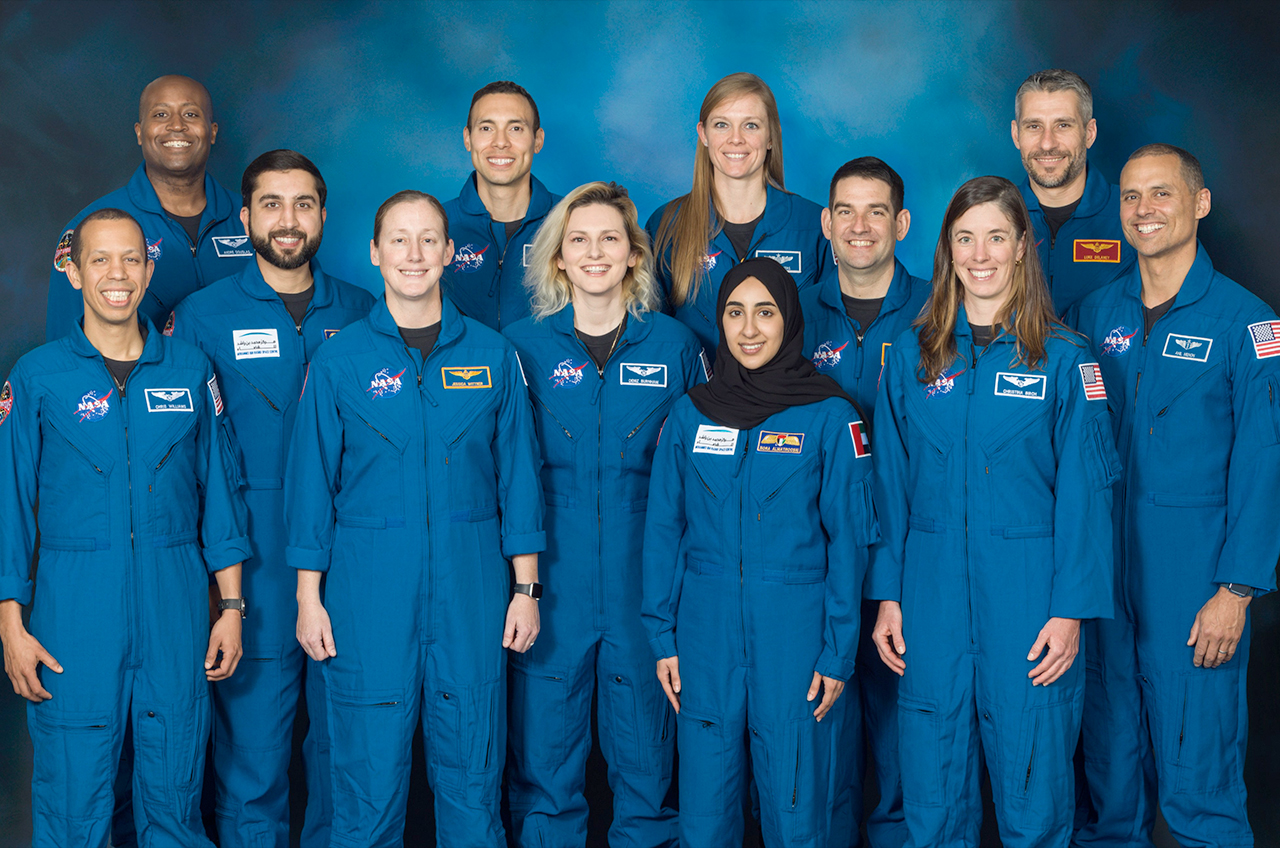
When announced in December 2021, the 12 ascans were described by NASA as new members of the Artemis generation. Under the Artemis program, NASA is working to return astronauts to the surface of the moon in order to gain the skills needs to send the first humans to Mars.
On the Group 23 patch, the NASA astronaut symbol arcs upwards from Earth as does a spacesuited astronaut reaching out in hold of the moon, evoking a certain basketball move.
"And of course the astronaut pose represents our faith in NASA's return to the moon being a slam dunk while keeping an eye on Mars (the right eye of the fly)!" Menon wrote, captioning an image of the patch.
Get the Space.com Newsletter
Breaking space news, the latest updates on rocket launches, skywatching events and more!
"So excited we get to finalize this!" replied Birch.
Former NASA astronaut Garrett Reisman, a member of the 1998 "Penguins," also chimed in on Twitter. "Nice patch, Flies!"
The tradition of class patches dates back to 1978 and NASA's eighth group of astronauts. The "Thirty-Five New Guys" (TFNG), as they were nicknamed, was also the first class to include women and minorities as the U.S. space program prepared to transition from the Apollo-era to the space shuttle program.
Guy Bluford, who would become the first African American to fly into space, is credited with the idea. The TFNG patch was designed by space artist Robert McCall, who at the same time was creating the STS-1 mission patch for the first shuttle crew. Both emblems depicted the winged spacecraft lifting off into space.
Since then, some NASA classes have had two patches: one with a more formal approach and one highlighting their less-than-flattering nicknames. "The Maggots" (Group 10, 1984), "The Hairballs" (Group 13, 1990), "The Hogs" (Group 14, 1992) and "The Sardines" (Group 16, 1996) all had dual designs.
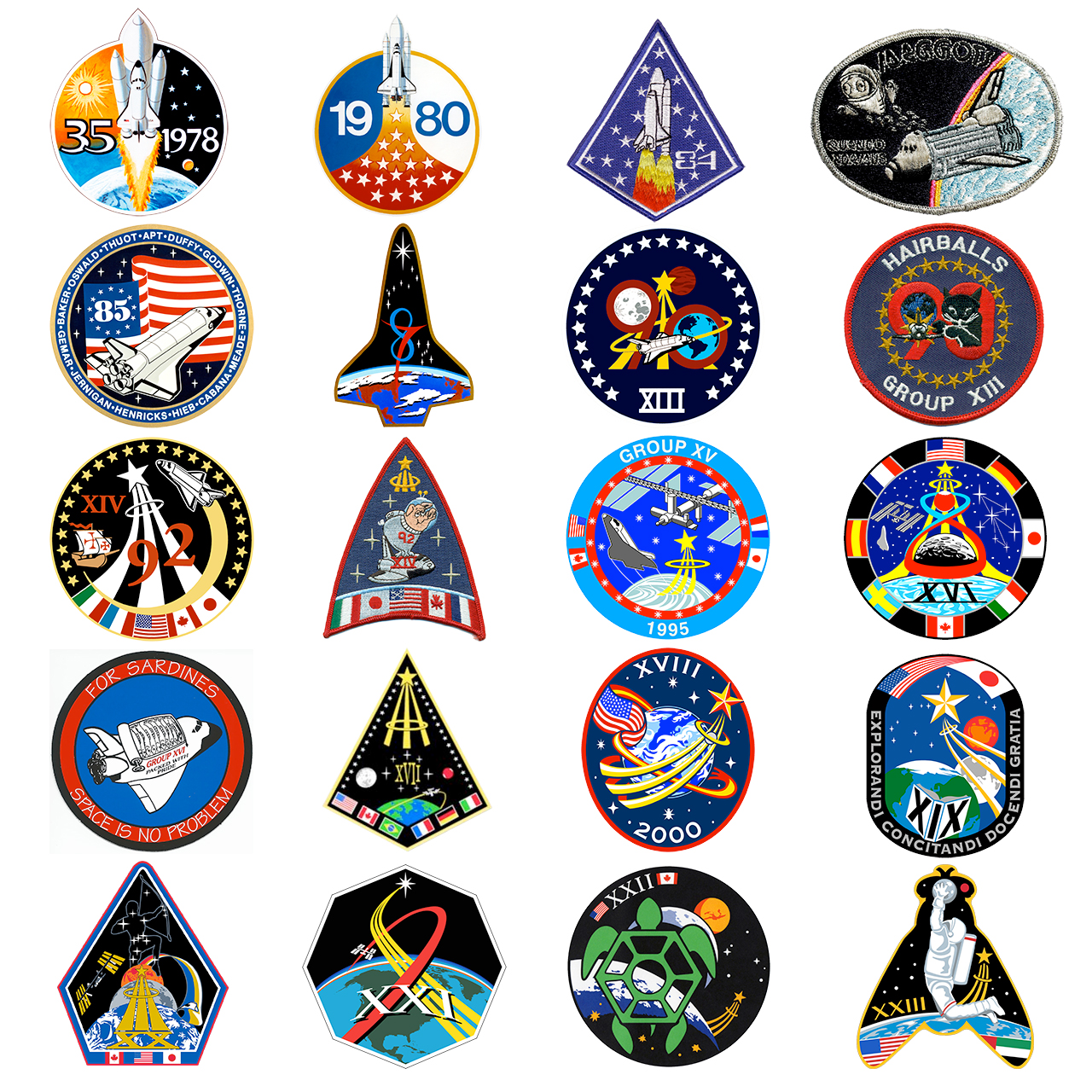
More recently, the tradition has also been adopted by Russia's cosmonaut corps and European Space Agency (ESA) astronauts with the introduction of their own class patches.
Historically, the emblems were only produced for the class members. The Group 22 (2017) "The Turtles" patch became the first to be sold directly to the public when it was listed by A-B Emblem, NASA's official patch supplier, in September.
"The Flies" patch has only been seen as artwork as of yet.
Since being selected, the Group 23 ascans have undergone flight training with the Navy, land survival courses with the Army, spacesuit and spacewalk training at NASA's neutral buoyancy facility and geology field training in New Mexico. The class was also present for the first attempts at launching the uncrewed Artemis I mission, NASA's first major step toward sending astronauts to the moon.
Follow collectSPACE.com on Facebook and on Twitter at @collectSPACE. Copyright 2022 collectSPACE.com. All rights reserved.
Join our Space Forums to keep talking space on the latest missions, night sky and more! And if you have a news tip, correction or comment, let us know at: community@space.com.

Robert Pearlman is a space historian, journalist and the founder and editor of collectSPACE.com, a daily news publication and community devoted to space history with a particular focus on how and where space exploration intersects with pop culture. Pearlman is also a contributing writer for Space.com and co-author of "Space Stations: The Art, Science, and Reality of Working in Space” published by Smithsonian Books in 2018.In 2009, he was inducted into the U.S. Space Camp Hall of Fame in Huntsville, Alabama. In 2021, he was honored by the American Astronautical Society with the Ordway Award for Sustained Excellence in Spaceflight History. In 2023, the National Space Club Florida Committee recognized Pearlman with the Kolcum News and Communications Award for excellence in telling the space story along the Space Coast and throughout the world.


